A good aquarium should look as natural as possible and plausible, therefore many aquarists tend to visually bring it to the river or seabed. It is impossible to do without stones and although the pet store can also be acquired and duly, and real cobblestones, many experienced fish breeders prefer to personally select pebbles in natural reservoirs. However, as in all other cases, it is necessary to do this with the mind.

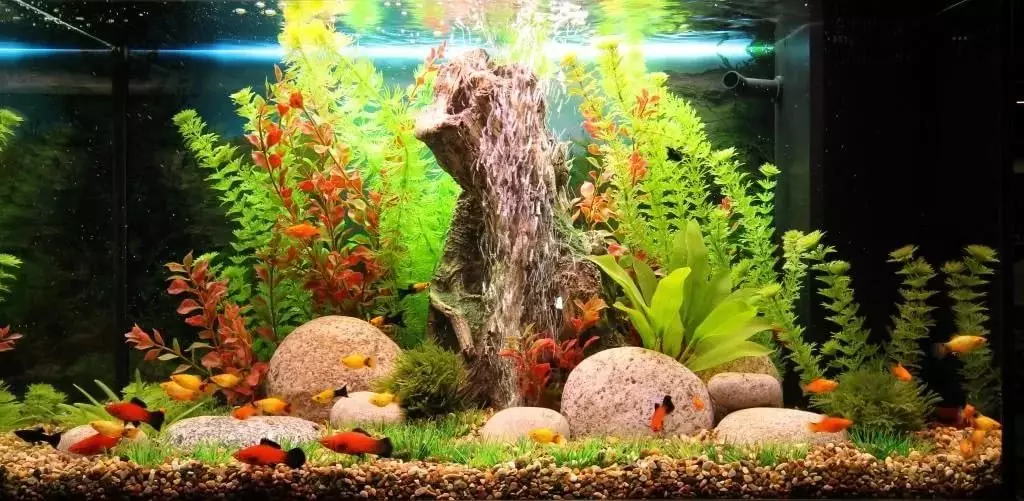

What is needed for?
Stones for aquarium Only newcomers are perceived purely as aesthetic decoration, in fact their functionality is much wider and that is why it is impossible to choose which minerals for a home reservoir. In addition to banal beauty, such aquarium decorations are needed to achieve the following goals:
- Imitation of the natural habitat - For the fish, a simple vessel will be as comfortable as an apartment for you without furniture, and pets will take care much better if the aquarium interior will remind the places in which they live in wildlife;
- You can hide in the stones - even if you are exactly sure that your favorite fish in the aquarium does not have any enemies, it will not help her to abandon instincts, and not having to hide, she will be nervous;
- Pebbles can be used to arrange the nest - another instinct causes the fish to hide his masonry to have confidence that predatives will not get to her, it will not be demolished and so on;
- Depending on its chemical composition, natural stones are able to influence the level of rigidity of aquarium water.


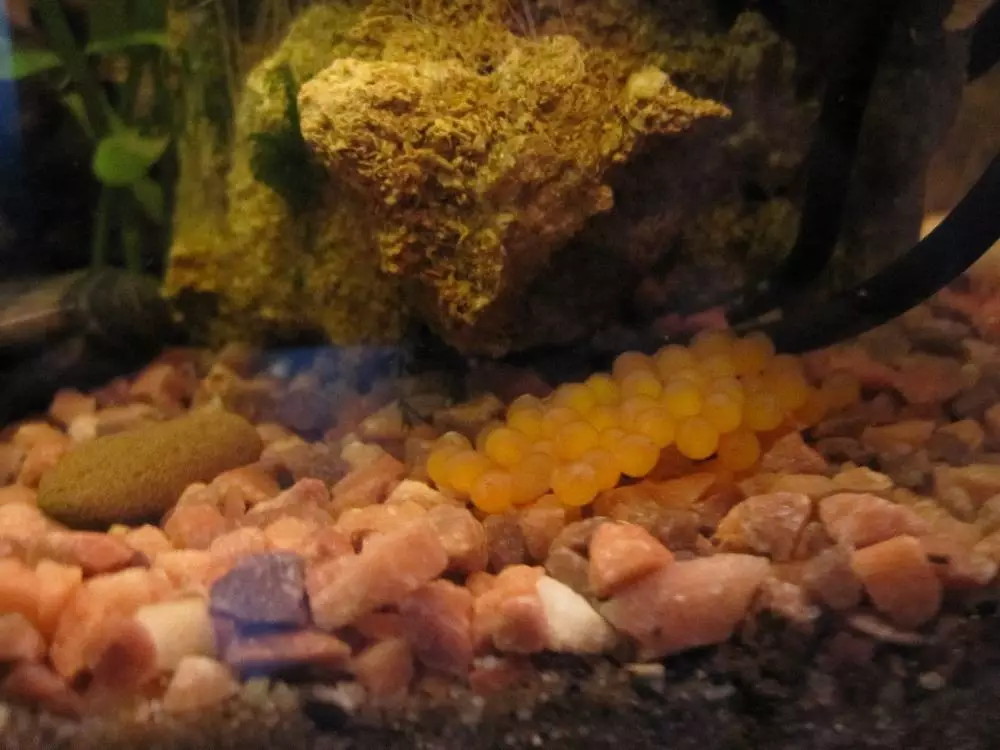
Artificial stones can also be used - No wonder they are sold in pet stores, where all goods are selected by experts. They are good because they do not require any preliminary preparation, but it is necessary not to rearrange with their originality - they are far from always reminding what can really be found at the bottom of the reservoirs.
There are also natural stones that have already passed processing, they are disinfected, possibly tinted or even assembled into holistic compositions.
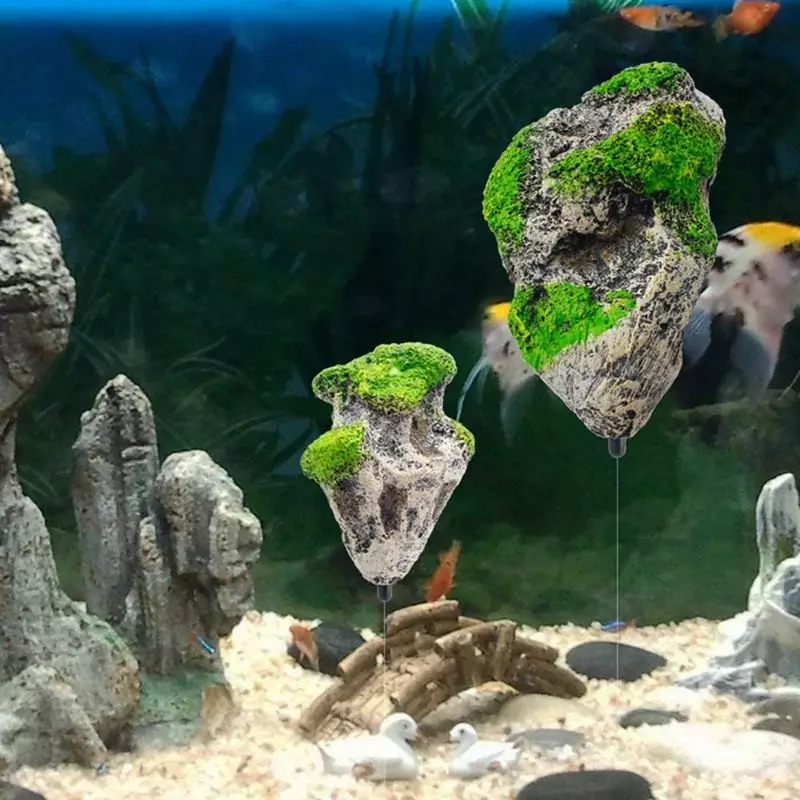
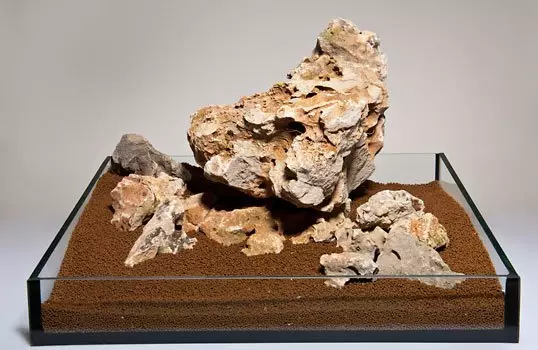
What stones can I use?
First of all, you can use any decorative pebbles of artificial origin that are sold in stores. Colored glass or even luminous scatter will decorate aquarium bottom and adds to him interesting overflows, while it will not influence the chemical composition of water. Much popularity acquired decorative products that received their own established names, for example, "The Dragon".
Choosing natural stones, it should be understood that not any minerals are suitable for such a goal. By the way, even collecting material is desirable not everywhere - marine stones in experienced aquarists are not in great demand, they prefer to collect granite fragments in the vicinity of the stone-making quarries, the raw materials of which are then sent to a construction site or for sculptural needs. Naturally, Even here it is not absolutely all to add to the aquarium.
To make sure that a new decoration will not change the chemical composition of water, it is enough to drop on the pebbles a droplet of vinegar - the resulting reaction shows that potentially extra substances will be distinguished. True, the same cichlids would only be useful, but the newcomer still should not experiment with this.


Experienced aquarists advise younger colleagues to give preference quartz - It is easy to identify in characteristic lodges or crystals whites and transparent structure. In addition, for the purpose of aesthetism, the aquarium and security of its inhabitants advise special attention to pay special attention to the stones to be the same breed, they had similar sizes and invoice, and also did not have sharp edges, which can be broken.
If we talk about the specific names of the breeds, then the options will be many. From what is often found in pet stores, you should pay attention to the so-called Kenyan stone and Carpathian sandstone. Will not be superfluous Gneis and granite, limestone and slate, tuff and porphyr, marble and quartzite, and if you find, then Lava.
For those who are not chasing a unique design and simply wants a part of the sea, a common choice is, of course, pebbles and a seven.

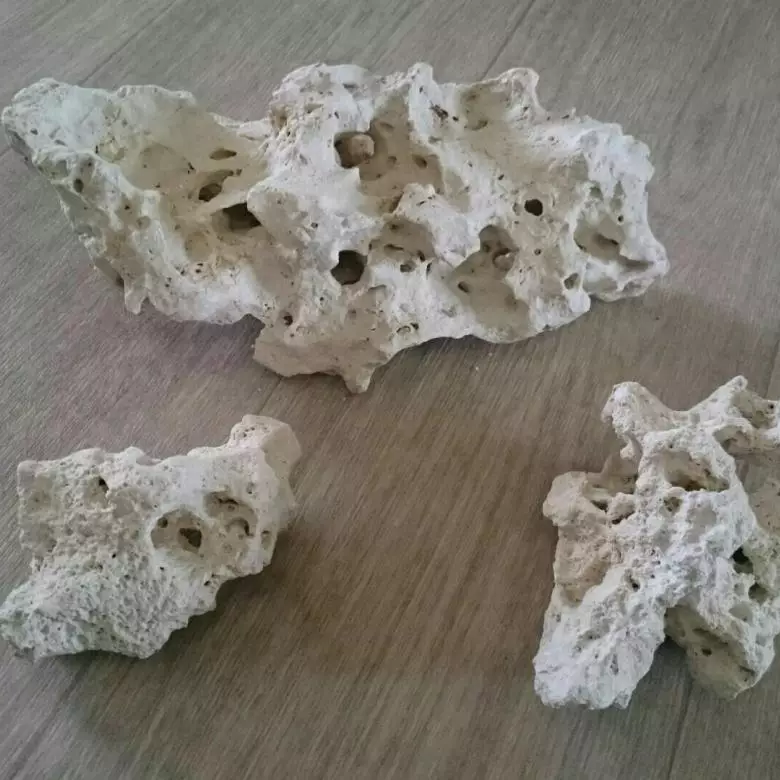

Harmful breeds
Geologists could make focus on professional breed names, but for a beginner, it is usually just a set of incomprehensible names and nothing more. We briefly describe what additives are not suitable for accommodation in the aquarium and why.
- Stones found near the mining mines of any ore are not suitable. Even a small mixture of such minerals may be harmful to pets.
- Radiation and pesticides are also unknown affect the health of the inhabitants of the aquarium. In the zone of radiation pollution, you are unlikely to go, but also in the vicinity of the fields the material is not worth collecting.
- Any strong smell indicates that the stone allocates volatile substances . Not dealing with, you can not be sure that for fish it is good.
- A copy should not include explicit metal streaks or have rust traces. Metals in principle are undesirable for fish, especially when it comes to iron and heavy metals. For the same reason, you can never use slices of ore, because you will come across the extinction of pets, which is difficult to explain somehow otherwise.
- Bright coloring of the stone usually indicates that That it has in its composition some relatively rare chemical elements. Again, you should not experiment, not knowing how it will affect the ecosystem.
- Soft and easily crumbling pebbles are likely to have a lime origin. Such a mineral has a large amount of calcium and is easily dissolved, and therefore will inevitably lead to a dispensing of acidity and rigidity of aquarium moisture. The only exception to the rule can be considered perhaps lime tuff, which is supposed to be in those aquariums where alkaline water is used.
- Large pebbles are not welcome, Especially if its surface cannot be called homogeneous and smooth - this is ideal circumstances so that the fish is injured or even stuck. For the same reason, it is undesirable to use too large and heavy cobblestones.
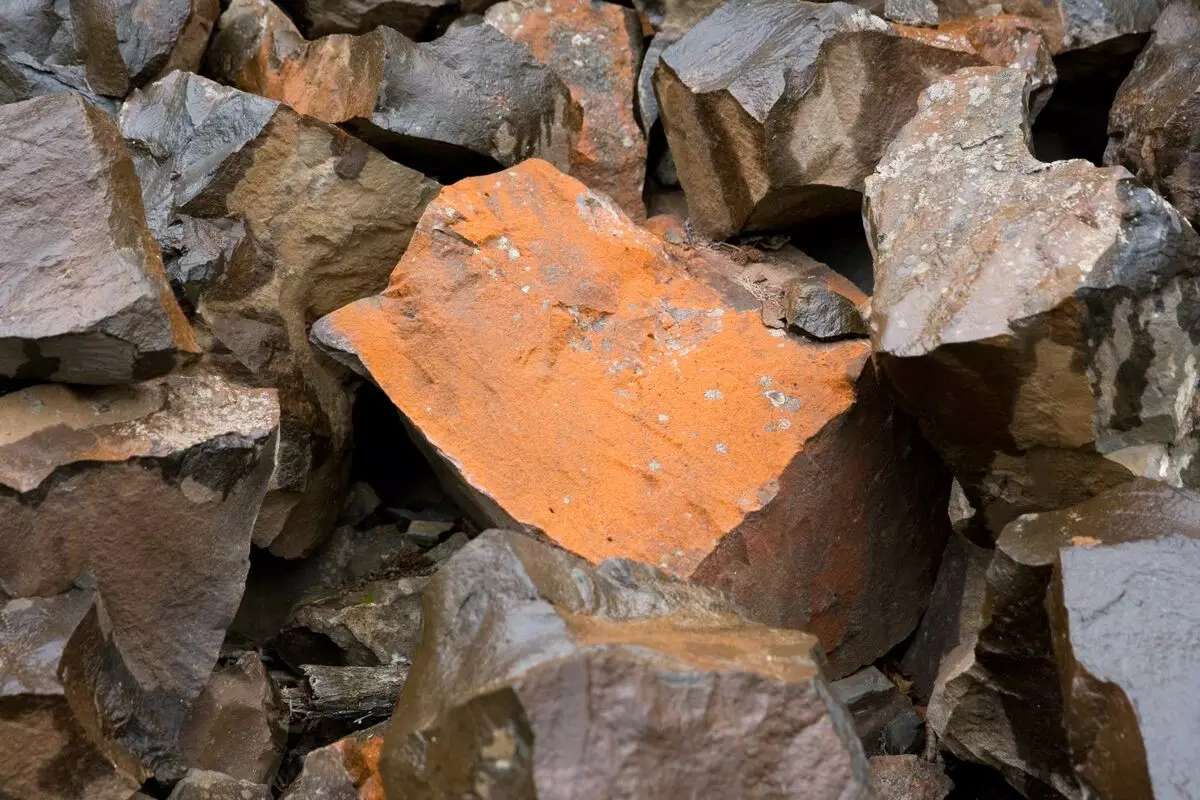
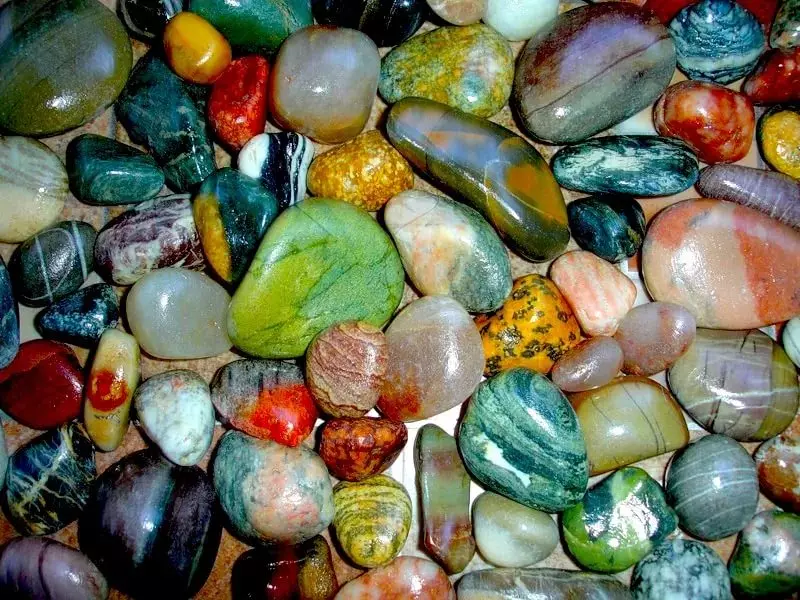
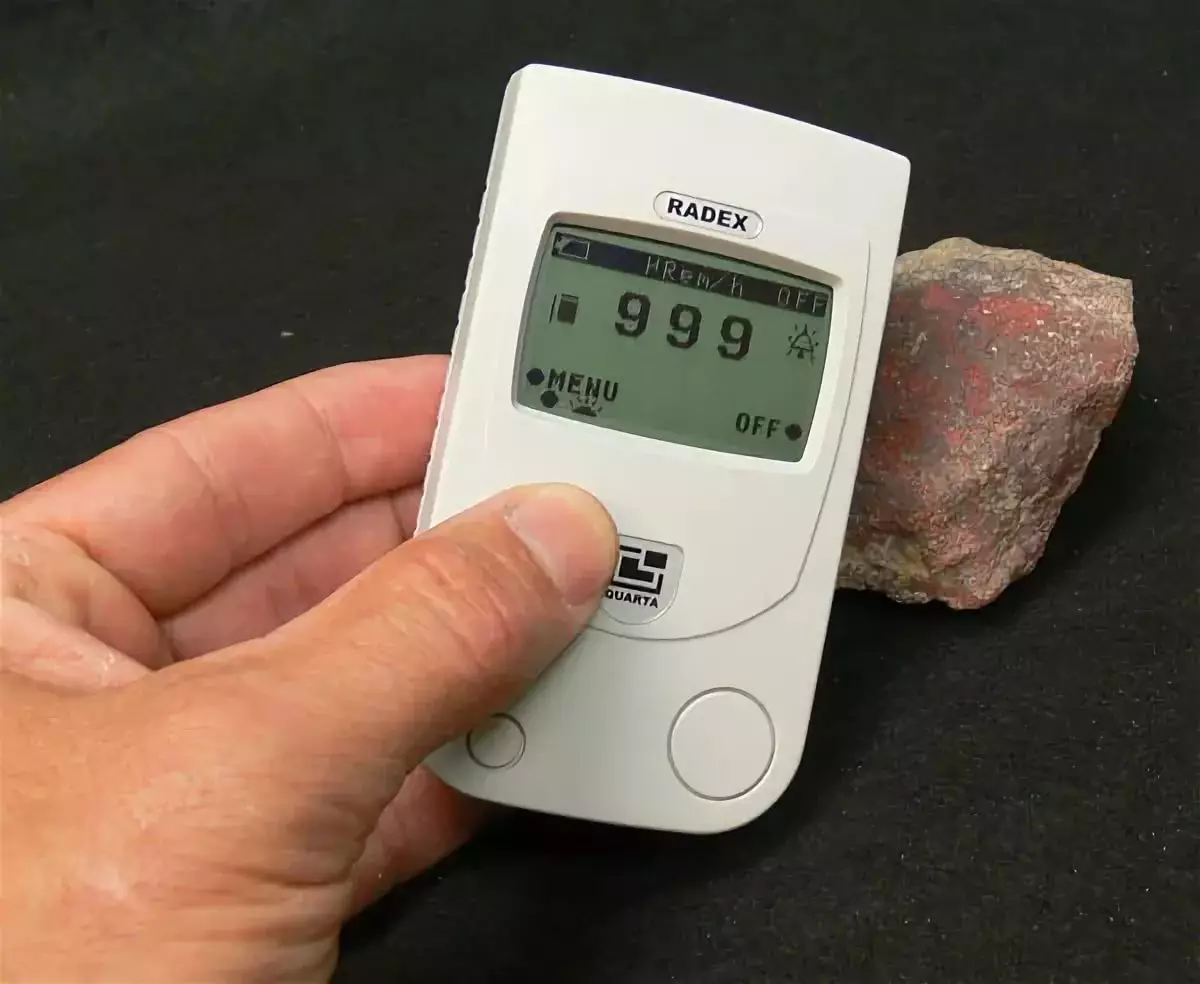
How to choose?
The basic principles of selection of rocks and minerals above have already been described, because it remains to consider those aspects that have not yet been affected by our attention. The choice of stones is a challenge complex and from the above described we understood which one can not choose, but did not understand how to do it.
Even selecting beautiful stones suitable for the above-described requests in all respects, you will not be able to adequately arrange with reservoir. Experienced aquarists advise to begin with clearly imagine in the head, which end result you would like to get, and only then begin to collect or buy material.
The feverish selection of everything interesting, which is lying on the road, will not help create an attractive design - it turns out to be bright, but snag and tasteless.
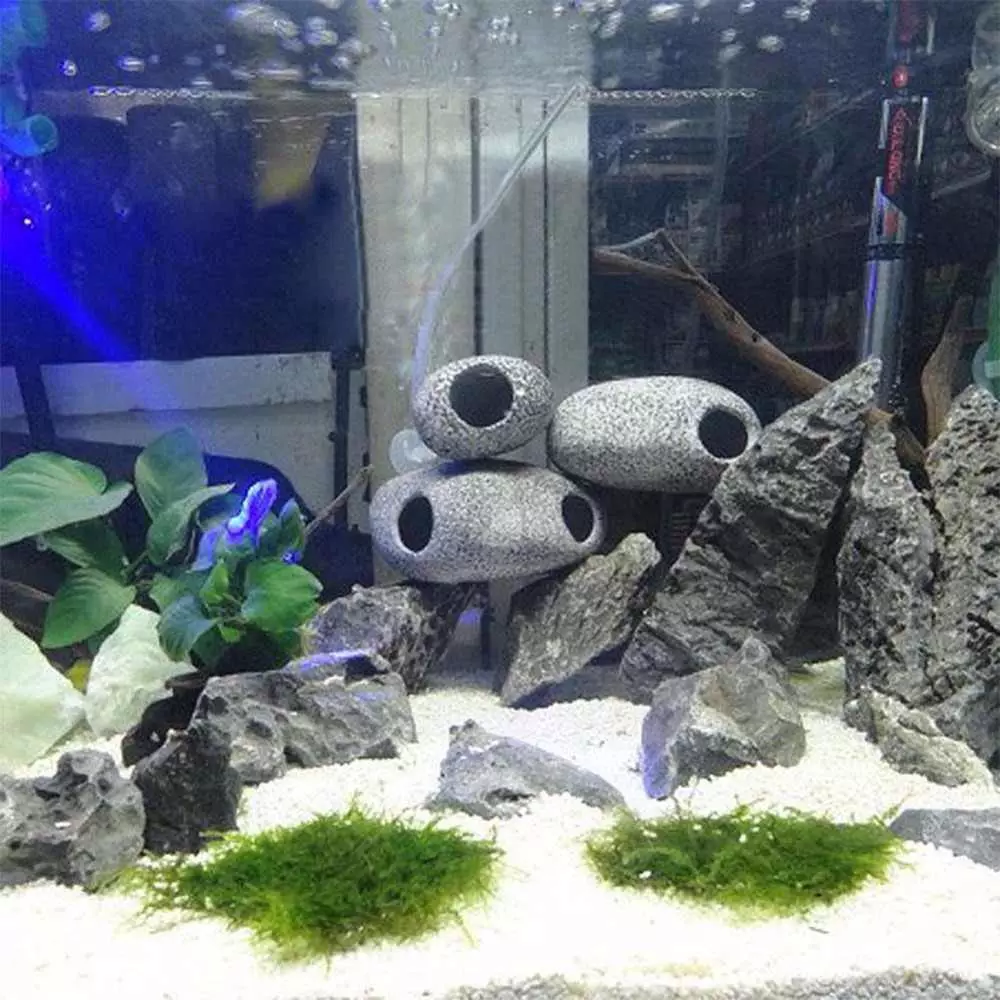

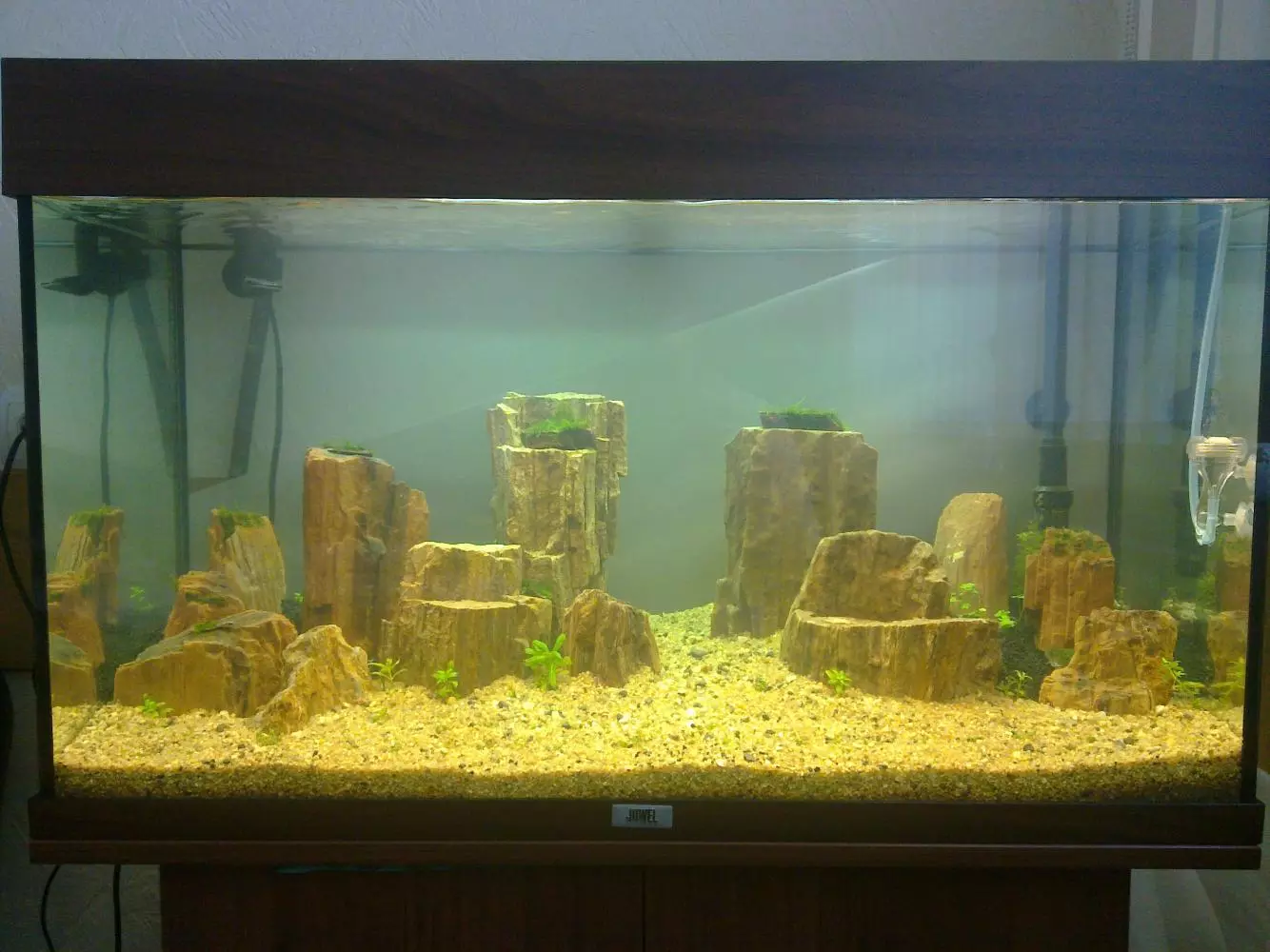
If you collect minerals yourself, never do not focus only on those samples that are the best in your understanding. Practice shows that stones always need more than it seemed at first - Some are simply not suitable in shape and do not "get up" into our places, and therefore need to replace smaller.
Agree, it will not be very good if you brought natural "decorations" from the distant seas and you simply have nothing to replace an inappropriate instance, and without it the entire concept of composition is destroyed. For this reason, pebbles are divided into "suitable" and "unsuitable" directly above the aquarium.
How to prepare?
Stage Stones attract many novice aquarists in that they do not need to invent anything - they are originally selected so as not to harm fish, they certainly have already been processed and can be used immediately. In addition, it is often composed of pretty creative compositions, thanks to which your aquarium may not be original, but it will definitely be beautiful.
However, there is a category of people who do not understand how can you pay for what is literally lying under your feet. As we already understood Independent collection of stones is not prohibited, but it is impossible to simply collect cobblestones on the street and lower them into the water "You risk a lot of different contagion into the ecosystem from which it will be very difficult to get rid of.
That this does not happen, you need to know how to correctly process the collected material. Recall just in the case that only certain types of minerals are suitable for immersion, preliminary verification of vinegar drip is also desirable. But even if the copy has passed such selection, it is still not ready.
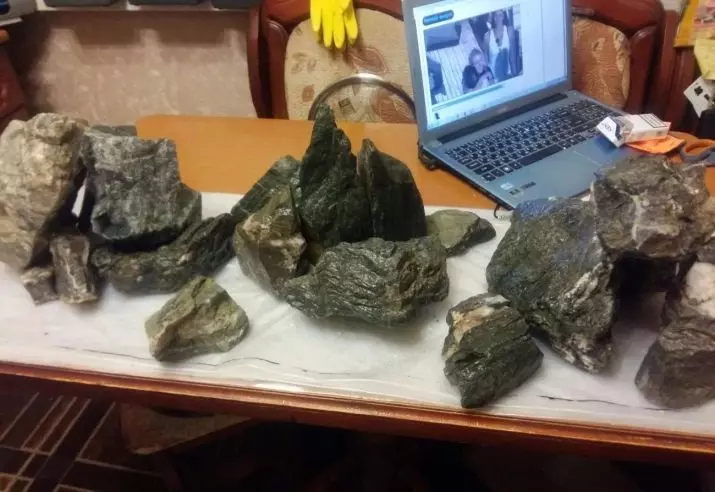
Before moving to the aquarium, it must pass the following procedures.
- The washing up. It is carried out only under running water of a good pressure, able to effectively wash off the dirt and even harmful microorganisms. Do not overdo it - only water is used for washing, but soap and detergents are unacceptable, since you cannot know which chemical reactions will provoke them to interact with the breed.
- Cleaning. Even a powerful jet of water does not remove completely all the dirt, because the tool aquarium should be armed with a brush and carefully walk throughout the surface, including gaps. Not only dirt, but also any raid, the remains of lichens and moss, and even more so insects - all this should be removed.
- Boiling. So where opinions are diverged - some say that it is necessary to boil on slow heat for 3 hours, another is enough for 20 minutes or even calcining in the oven throughout the same time. Allocate another alternative in the form of drying outdoors for 14-15 days, but this method causes certain doubts.
- Orange. If you still prefer the thermal processing of any kind as faster and efficient, do not rush to throw a hot mineral into the water. It is advisable to bring it to such a temperature that is characteristic of water in the aquarium so as not to cause a sharp temperature difference in the ecosystem.
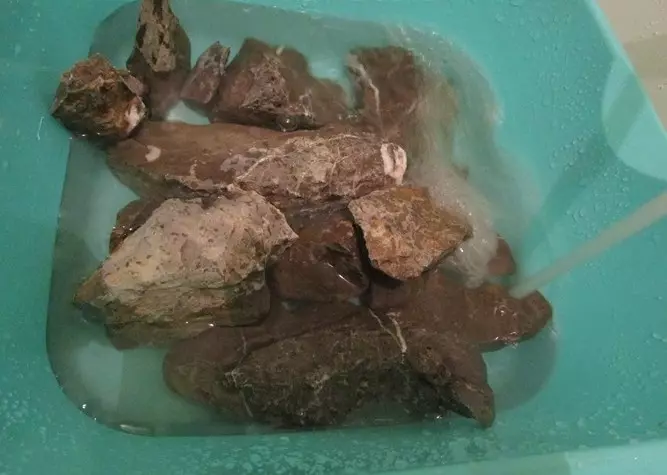

Options for registration
Even the most diligent novice is unlikely to know how to decorate the aquarium with his own hands so that the design came out beautiful, unobtrusive and stylistically correct. Optionally, invent unique compositions from scratch - You can make registration in one of the styles in our time, using bright examples of finished aquariums.
- Dutch style - This is a full-fledged flower bed with plants, only located under water. Green plantings in such aquarium are always a lot, but they are strictly sorted in height, color and size, do not get on the "alien" territory and completely occupy "their". In this case, putting the pebbles and the sewer as imitation tracks between the flower beds.
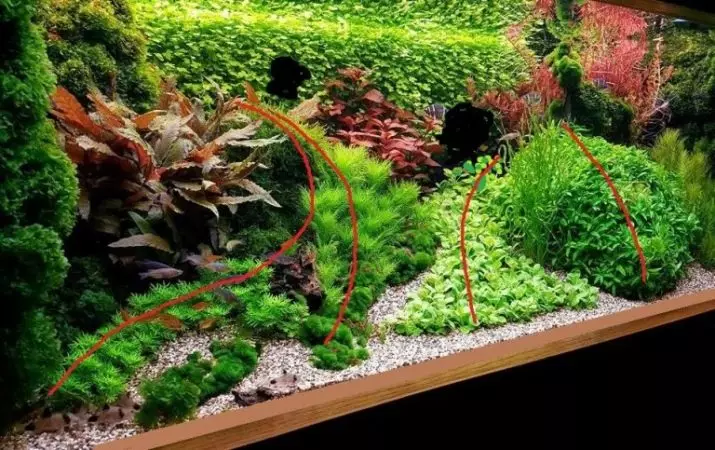
- Japanese style It also imitates ground landscapes, but completely different. Here the stones are used not as a substrate, but as Ivagumi - a typical composition of Japanese gardens of stones.
Excessive scenery here are inappropriate, minimalism is welcome in design, but the cobblestones themselves are selected in different sizes to achieve painting and aesthetic appeal.

- Pseudo-human style - The thing is for everyone who is not ready to spend money on the design and too mess with him. Such an option aquarium implies a minimum of effort and money, and therefore it looks quite simple, but the same pebbles and a seven, as well as granite here will be quite appropriate.

- Natural style It is rightly considered one of the most difficult plays, only the most avid aquaries are resorted to it, and not everything. The meaning of this approach is that with the maximum (sometimes - literally photographic!) Precision to recreate the design of a certain section of the bottom of the reservoir. Often it is imitation of a particular reservoir like Lake Malawi.

Possible problems
One of the typical problems arising after the aquarium was decorated with stones, is injury to fish about sharp edges or due to jams in the creams between large minerals. Such consequences are particularly likely if you divor the active livestock, loving swimming at high speeds.
You must understand that if such an already happened once, then in the future the situation will surely repeat. If you appreciate the life and health of your pets, you will probably have to sacrifice the created design, converting it towards smaller trauma or fundamentally changing.
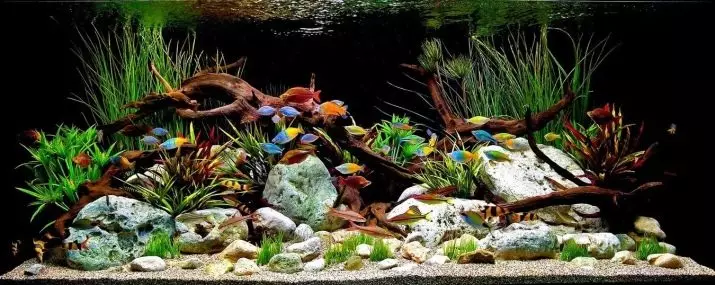
Another point, often not causing a proper timely reaction from newbies, is the appearance of plaque on the stones, which was not at the time of diving. The color of the neoplasms is usually black, green or whitish, although theoretically, it can be almost anyone. His appearance suggests that algae began in your artificial reservoir, which in most cases are considered weeds and interfere with the normal development of other species.
In general, the presence of algae is not considered critical: most likely, in small quantities they will be present inevitably, but if there is a sharp, flashing increase in the number of weeds, this indicates serious problems in organizing the ecosystem.
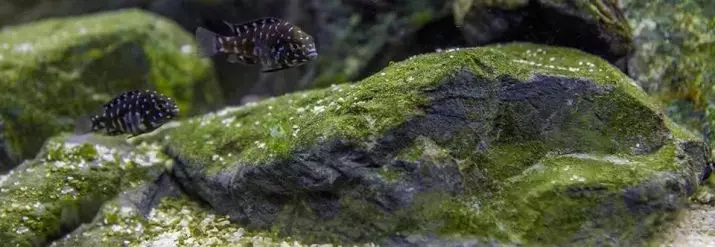
To the reasons for the appearance of plates include too dirty water, due to rare substitutions or overpopulation of aquarium, insufficient or excessive illumination, surplus or lack of fertilizers, as well as inadequately high temperatures. The raid is removed by cleaning or subtle natural enemies algae And so that the situation does not happen again, it is necessary to align the biobalance and create normal conditions in which weeds will not have chances.
In critical situations will have to go to pet store for special means, which, being potentially dangerous for fish, remain the last way to solve the problem.
How to choose stones for aquarium, will tell the video below.
